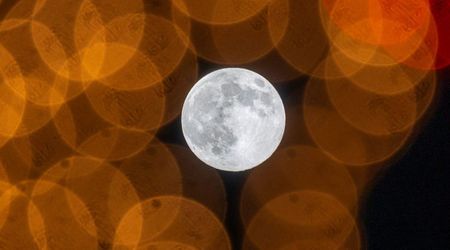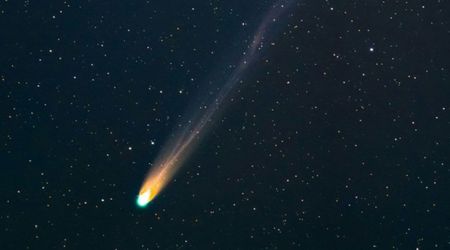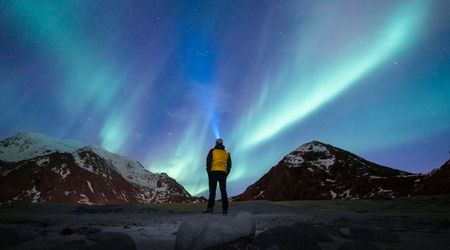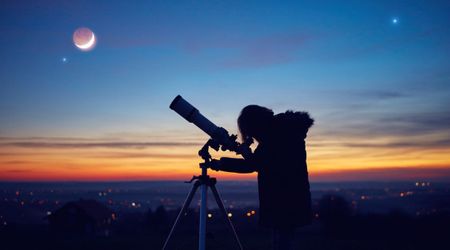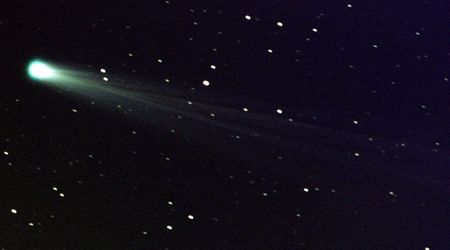August's 2025 Full Sturgeon Moon captivates skywatchers as it brilliantly illuminates the night sky
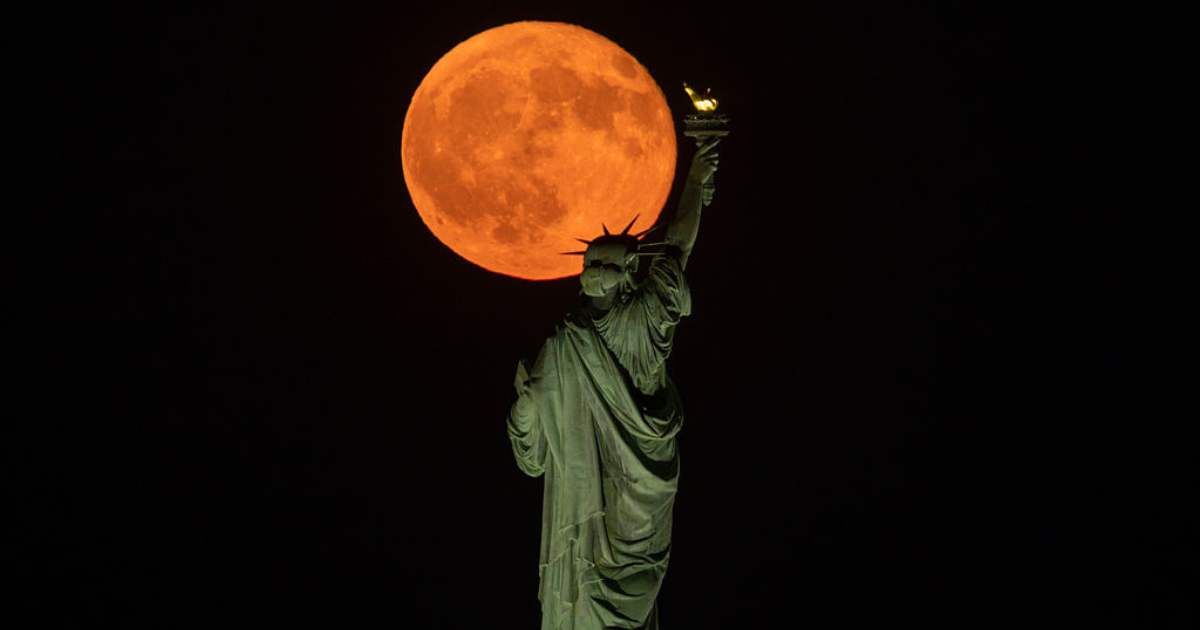
A celestial spectacle, the Sturgeon Moon, reached its peak illumination on Saturday, August 9, at 7:54 a.m. UTC (3:54 a.m. ET), offering a brilliant show for skygazers. While the full lunar display officially peaked over the weekend, the Moon has appeared full to the naked eye for several days surrounding its zenith. This particular full moon is notable for its all-night visibility, rising as the Sun sets and setting as the sun rises.

Brilliant in its full phase, the Sturgeon Moon created a spectacular backdrop for several iconic cityscapes. In New York, the Sturgeon Moon made several striking appearances. On August 8, the Moon was observed rising through the clouds over 42nd Street, as seen from Weehawken, New Jersey, creating a moody and atmospheric view of the celestial event.

Later that same night, from the same vantage point, the full moon was photographed as it ascended over the iconic skyline of midtown Manhattan and 42nd Street, providing a classic urban-celestial tableau.
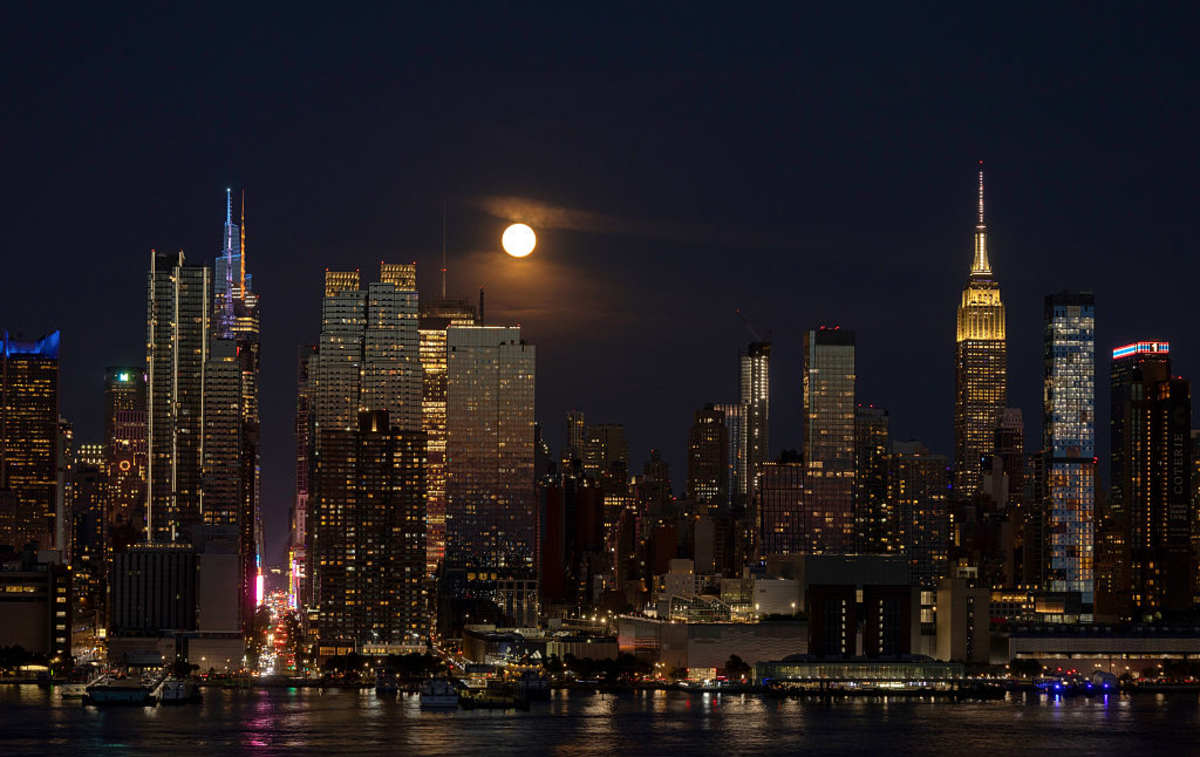
On August 9, the Sturgeon Moon was seen rising behind the Statue of Liberty, as viewed from Jersey City, New Jersey, a powerful image that united a symbol of freedom and the grandeur of the night sky.
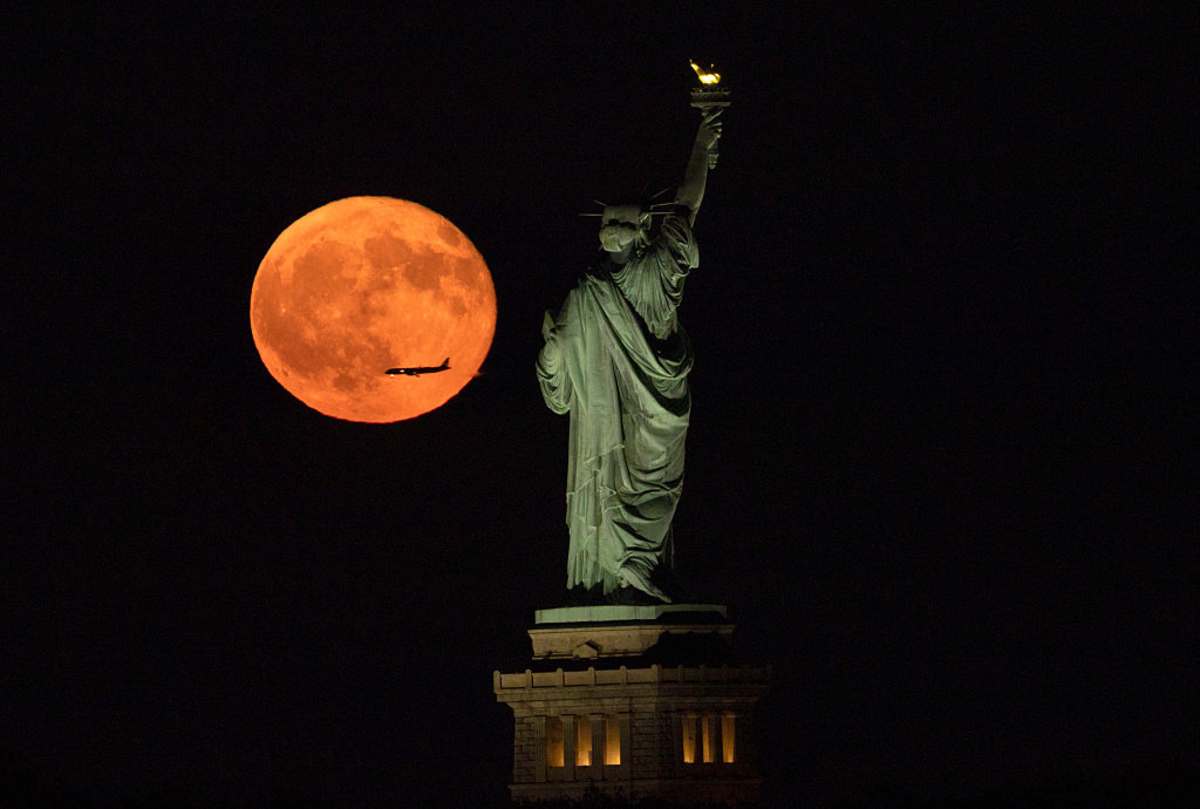
Looking ahead, skywatchers are anticipating a rare celestial phenomenon this month known as a "Black Moon," though it will be invisible to the naked eye. This non-astronomical term describes a special occurrence of a New Moon. There are two definitions: a monthly Black Moon, which is the second New Moon in a calendar month, and a seasonal Black Moon, which is the third New Moon in a season with four New Moons. The latter is the type of Black Moon that will take place for most of the world on August 23, with Western time zones experiencing it on August 22.
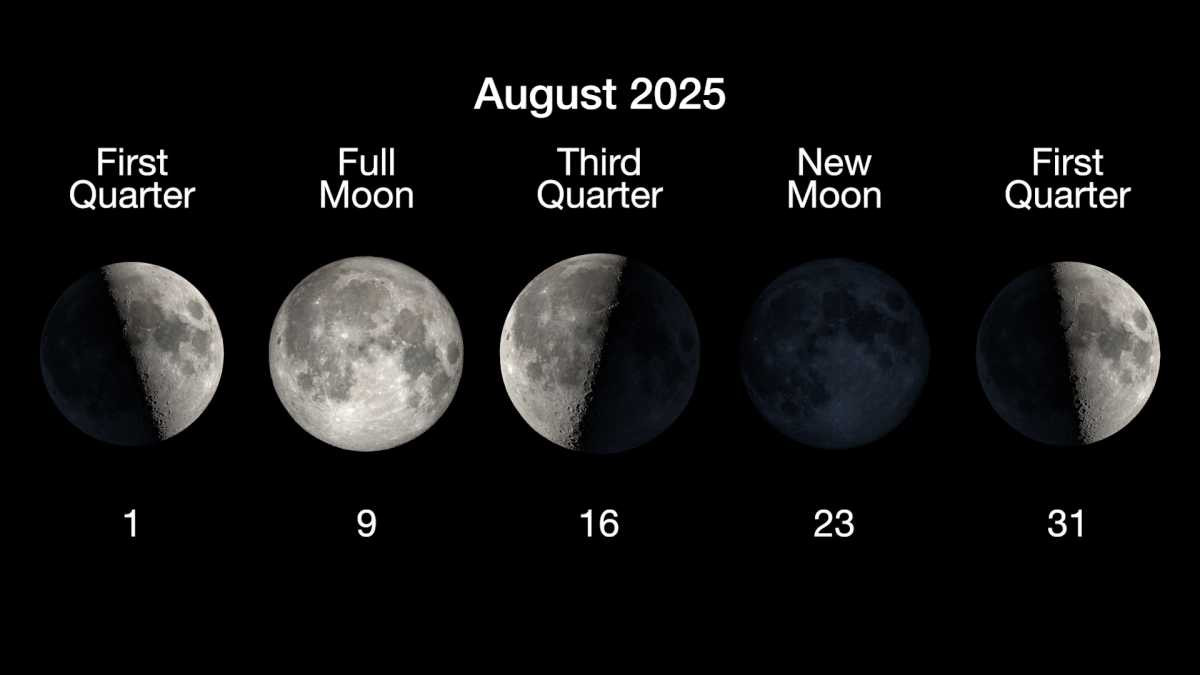
The historic name "Sturgeon Moon" is a nod to the giant sturgeon fish once abundant in North America's Great Lakes. At this time of year, Native American tribes noted these large freshwater fish were most plentiful and easily caught, making them a crucial resource. The lake sturgeon is a biological marvel, with females living up to 150 years and growing to formidable sizes, exceeding six feet in length. The Algonquin, Cree, and Anishinaabe peoples also have their own names for this Moon, reflecting other seasonal changes like ripening wild rice or the first harvests of green corn.
Beyond its common name, August's full moon is known by many different names across various Indigenous cultures, often reflecting significant seasonal changes and natural events. For the Cree people, this period is the Flying Up Moon, a vivid description of young birds taking their first flights. Other names reflect agricultural cycles, with the Algonquin and Ojibwe peoples referring to it as the Corn Moon and Harvest Moon, respectively. The Anishinaabe people call it the Ricing Moon, highlighting the importance of gathering maturing crops. The Assiniboine people's name, Black cherries Moon, points to the ripening of chokeberries, a vital seasonal food source.
Following the Sturgeon Moon, the next full moon will appear on September 7, known as the Corn Moon. Those hoping to catch the next Sturgeon Moon, however, will have to wait until August 28, 2026.
